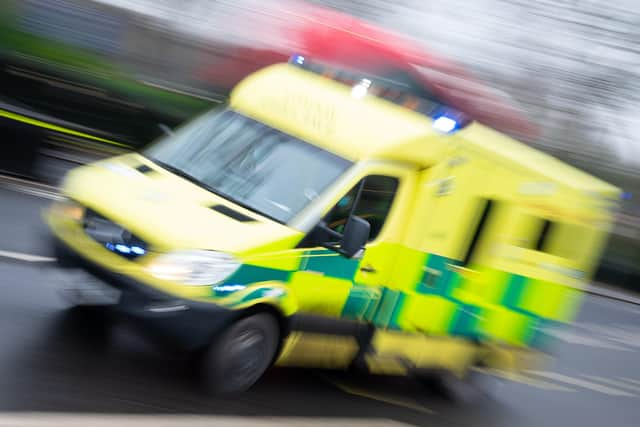Arun neighbourhoods worst and least affected by pandemic revealed
and live on Freeview channel 276
Data published by the Office for National Statistics comparing the number of deaths registered during the pandemic to a baseline from previous years shows some areas of the country were significantly more affected than others.
The Health Foundation said the virus has laid bare inequalities across England and Wales, with poor health, deprivation and stretched public services to blame for increased exposure.
Advertisement
Hide AdAdvertisement
Hide AdIn the 14 months to the end of April, there were 2,839 deaths registered in Arun – 270 (10.5 per cent) more than the 2,569 predicted, according to the ONS figures.


Of the deaths, 320 had Covid-19 listed as the main cause – however, many Covid-related deaths at the start of the pandemic may have been undiagnosed, the ONS cautioned.
A further breakdown for Arun, released for the first time, also reveals which of the area’s 19 neighbourhoods had the highest and lowest excess death rates during the pandemic.
The measurement compares the number of deaths registered during the period with how many were predicted based on previous mortality rates between 2014 and 2019.
Advertisement
Hide AdAdvertisement
Hide AdIt has been described as the key metric for the impact of the pandemic by Professor Chris Whitty, the Government’s chief medical officer.
In Arun, the neighbourhoods with the highest excess death rates were:
1) Yapton and Climping – 117 deaths, 39 (50 per cent) more deaths than expected, and including 28 with Covid-19 listed as the main cause
2) Westergate, Eastergate and Walberton – 217 deaths, 56 (34.8 per cent) more deaths than expected, including 45 due to Covid-19
Advertisement
Hide AdAdvertisement
Hide Ad3) Aldwick – 192 deaths, 34 (21.5 per cent) more deaths than expected, including 13 due to Covid-19
The neighbourhoods with the lowest excess death rates were:
1) Arundel – 60 deaths, ten (14.3 per cent) fewer than expected, and including six with Covid-19 listed as the main cause
2) Ferring and Kingston Gorse – 115 deaths, ten (eight per cent) fewer than expected, including 10 due to Covid-19
3) Bognor Regis Central – 287 deaths, one (0.3 per cent) fewer than expected, including 22 due to Covid-19
Advertisement
Hide AdAdvertisement
Hide AdIn its Covid-19 Impact Inquiry report, the Health Foundation said people aged under 65 living in the most deprived areas were almost four times more likely to die from the virus, compared to those in the most affluent.
It found those in poor health, cramped housing conditions and some working environments faced an increased risk of exposure.
Assistant director David Finch said: “There is extensive evidence that poor health and existing inequalities left parts of the country vulnerable to the virus and defined the contours of its devastating impact.
“Deep-rooted issues such as poor health, increased financial insecurity and strained public services left some people more exposed.”
Advertisement
Hide AdAdvertisement
Hide AdThe group now wants the Government to address the harm caused by the pandemic and invest more in helping lift people out of poverty.
Across England and Wales, the ONS reported that two periods over the 14 months – March 2020 to July 2020 and September 2020 to March this year – saw the highest rates for excess deaths.
In Arun, the highest number of excess deaths came in April last year when there were 97.
The Department of Health and Social Care said increasing vaccine uptake was a ‘key step’ to addressing the disparity of outcomes for those who catch Covid.
A spokesperson said: “The vaccines are saving lives and building a wall of protection against the disease.”